This is a cause and effect world
Things happen because something causes them to happen. If we understand the causes of disease—or, for that matter, any problem—we can change the effects, or outcomes. For every effect, there is at least one underlying cause. We use science to help us understand the causes and the effects and how they are connected.
PART 1.1
Story A
The risk of smallpox was accepted as just an unfortunate part of life. Getting sick was a person’s fate. But in the late 1700s, Dr. Edward Jenner saw things differently and applied a “cause and effect” mindset. After years of observation, he was convinced that having cowpox protected people from contracting smallpox.
Story B
In 1967, long after smallpox had been eradicated in most high- and middle-income countries, it was still running rampant in India. But despite several years of mass immunization campaigns, smallpox was still affecting the poorest and most vulnerable people in rural villages, continuing to spread in the poorest areas of the country.
FEATURING
Dr. Jim Kim, President (2012-2019), World Bank
Dr. Bill Foege, Senior Advisor, Bill & Melinda Gates Foundation
Dr. Susmita Parashar, Associate Professor, Emory University School of Medicine
PART 1.2
STORY A
In the early days of HIV/AIDS, AIDS was a mysterious disease. The cause of AIDS was unknown, and many blamed it on the most marginalized groups. But, without knowing that the disease was caused by a virus, it was easy to stigmatize, isolate and blame affected groups. The early approach towards understanding AIDS focused on who was getting infected, rather than the cause and effect of the disease. Epidemiologists saw that AIDS was affecting hemophiliacs, heroin addicts, homosexuals, and Haitians (the 4Hs of HIV) which biased the way people viewed the disease and the populations it first impacted. Infection did not seem to follow logic.
STORY B
Guinea worm is a horrible disease affecting some of the poorest and most remote populations. But the year-long delay between drinking unclean water and the appearance of symptoms, kept vulnerable people from realizing that drinking water from contaminated ponds was the source of their illness.
FEATURING
Dr. Helene Gayle, President, Chicago Community Trust
Dr. Donald Hopkins, Special Advisor, The Carter Center
PART 1.3
Too many people were dying from automobile crashes on highways. But people considered these crashes to be “accidents,” or acts of fate for which we could not know the cause. They argued that if we could not know the cause, we could not prevent them. People were not thinking of cause and effect.
FEATURING
Dr. Mark Rosenberg, President Emeritus, The Task Force for Global Health
This is a cause and effect world. If we understand the causes, we can change the effects.
Scientific methods help us to understand the causes and effects. This understanding shapes the strategy and intervention to change the effects.
Understanding the problem is usually not as simple as one might think. Time invested to truly understand the problem can pay big dividends.
There are usually four questions that public health asks about a problem:
What is the problem: who, when, where, and how were people getting sick or hurt?
What are the causes?
What works to prevent this problem? What is the evidence that these interventions are effective?
How do you do it? How do you scale the intervention up? How do you translate it into policies and legislation?
Knowing that we can understand the causes and change the effects gives us reason to believe we can change things, and change them for the better. It gives us a reason to be optimistic.
LESSON 1:
THE BIG IDEAS
Click the glossary link to find key terms in this lesson.
LESSON 1:
Additional resources
THIS LESSON WAS MADE POSSIBLE BY THE FOLLOWING CONTRIBUTORS
Kate Adelung, Nina Alcacio, Michael Bartenfeld, Sarah Borgman, Amanda Brayman, Hannah Burris, Amy Carzo, Prarthna Desai, Gabriel Diamond, Veronica Garcia, Eric Hansen, Lynn Heinisch, Mary Hilpertshauser, Bruce Lowry, Amy Mayberry, Nancy Messonnier, Ben Pyne, Sumon Ray, Svetlomir Slavchev, Joel Stanojevich, Emily Staub, Kelly Stewart, Anushka Swalef, Lisa Valente, Bill Warren, Lisa Wiley, and Sydney Yang
Images and Videos provided by: Bending the Arc, CARE, CDC Public Health Image Library, Emory University, FIA Foundation, Gavi, The Vaccine Alliance, Getty Images, MAP International, Personal Collection of Susmita Parashar, Private Collection of Larry and Girija Brilliant, Rich Addicks, Shutterstock, The Carter Center, The Task Force for Global Health, and World Health Organization
OUR FUNDERS
CONRAD N. HILTON FOUNDATION, CDC FOUNDATION, FORD FOUNDATION, GATES VENTURES, ROCKEFELLER FOUNDATION, SKOLL FOUNDATION, THE CARTER CENTER, THE TASK FORCE FOR GLOBAL HEALTH

